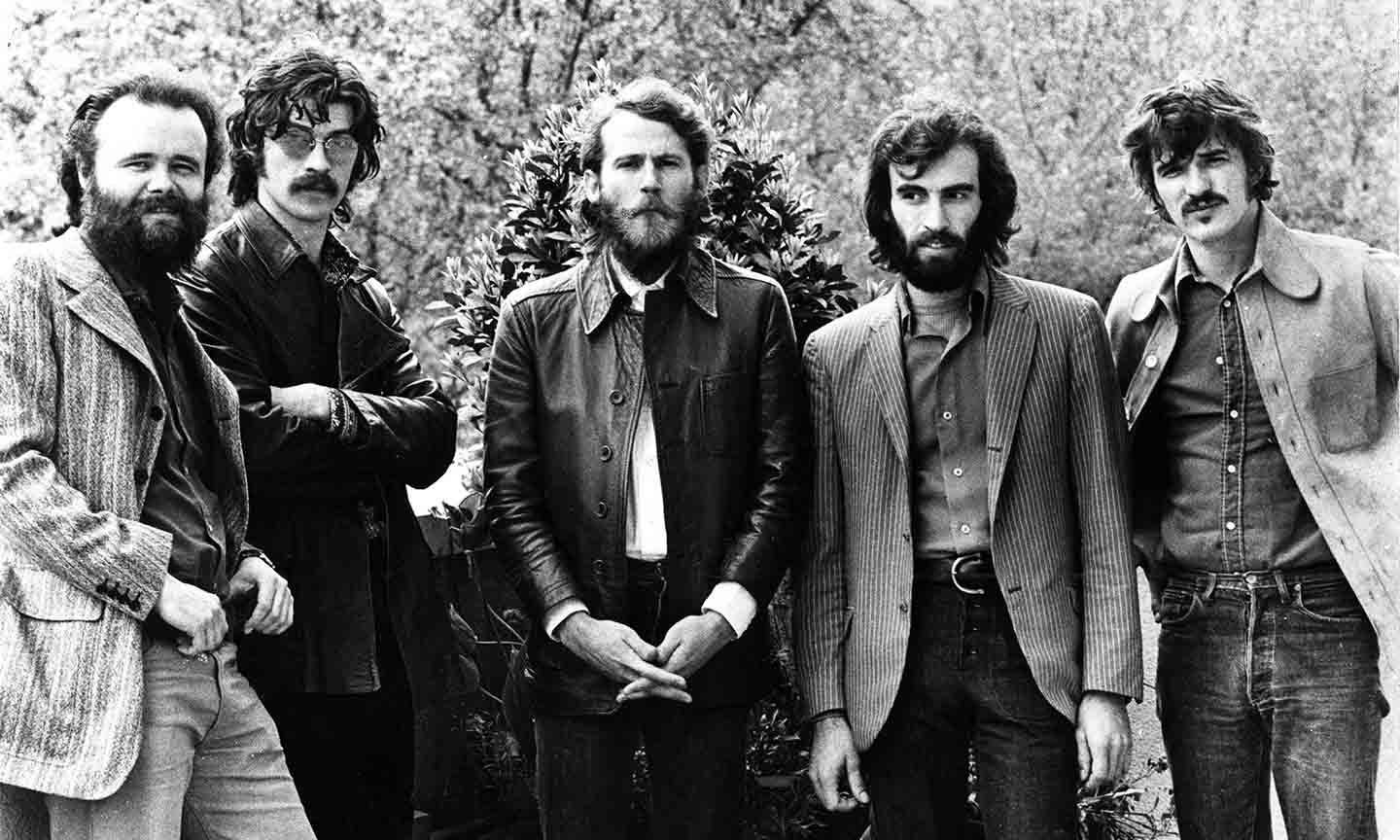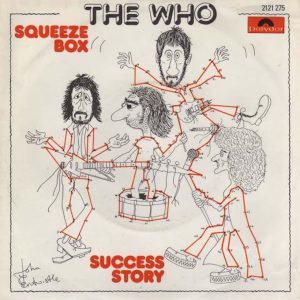On November 2, 1969, The Band gave their only performance on The Ed Sullivan Show. The famous host introduced them by saying, “Here are the new recording sensation for youngsters, The Band!” They opened the show by performing the Robbie Robertson-penned song “Up On Cripple Creek,” which was the fifth song on their eponymous second album, and which was released as a single by Capitol on November 29 that year.
The writing of “Up On Cripple Creek”
“Up On Cripple Creek,” which draws on The Band’s musical roots, is sung from the viewpoint of a truck driver who goes to Lake Charles in Louisiana to stay with a lover called Bessie. In an exclusive interview with uDiscover Music, Robertson looked back on the creation of one of his classic songs.
“I had some ideas for ‘Up On Cripple Creek’ when we were still based in Woodstock making Music From Big Pink,” recalls Robertson. “Then after Woodstock, I went to Montreal and my daughter Alexandra was born. We had been snowed in at Woodstock and in Montreal it was freezing, so we went to Hawaii, really as some kind of a way to get some warmth, and to begin preparing for making our second album. I think it was really pieces and ideas coming on during that travelling process that sparked the idea about a man who just drives these trucks across the whole country. I don’t remember where I sat down and finished the song, though.”
The lyrics are full of wordplay and alliteration – as well as the title, there are repeated references to “a drunkard’s dream” – and contain some wonderfully vivid imagery. The final recording featured drummer Levon Helm as the lead vocalist. In one verse he sings, “Now there’s one thing in the whole wide world/I sure would like to see/That’s when that little love of mine/Dips her doughnut in my tea.”
Robertson laughs as he recalls the phrase. “The doughnut line just sounded good to me at the time and I didn’t hear anybody writing in that kind of way. It’s sometimes hard to describe where lyrics come from.”
The influence of Spike Jones
Another memorable line is about Spike Jones, a bandleader, and musician whose zany songs made him a cult hero in the 40s and 50s. He even sang a satirical song about Adolf Hitler that included blowing raspberries at the Nazi leader. Robertson penned the following lines in “Up On Cripple Creek” in tribute to this musical innovator:
Now me and my mate were back at the shack
We had Spike Jones on the box
She said, “I can’t take the way he sings
“But I love to hear him talk”
Now that just gave my heart a throb
To the bottom of my feet
And I swore as I took another pull
My Bessie can’t be beat
Robertson is still enthusiastic about his affection for the music of Spike Jones And The City Slickers. “Yeah, I was a Spike Jones admirer,” says The Band’s songwriter. “I thought the way that he treated music was a healthy thing. He could take a song and do his own impression of it that was so odd and outside the box – and in many cases hilarious. I liked him a lot.”
“Up On Cripple Creek” is also notable for breaking ground in featuring a Hohner clavinet played with a wah-wah pedal. The riff, which was performed by Garth Hudson, is heard after each chorus of the song – and set a trend that was followed in lots of funk music in the 70s. The song also appears in The Band’s concert film The Last Waltz and they performed it regularly on tour with Bob Dylan. It has also been covered by Oak Ridge Boys and Eric Church.
The song’s legacy
The Band’s original version, produced by John Simon, reached No. 25 on the Billboard Hot 100. In January 1970, in the wake of the success of their new album, The Band appeared on the cover of Time magazine. Robertson has admitted that the song is not dealing with particularly sophisticated people. Did he want fans to like the protagonist of “Up On Cripple Creek”? “I didn’t care,” laughs Robertson. “I just wanted to write something that was stirring inside of me. I didn’t know anything about this man’s journey, except that I had to pursue it in a song.”
This article was originally published in 2019. It’s being republished today in celebration of the anniversary of the single’s release. The 50th anniversary editions of The Band can be ordered here.




